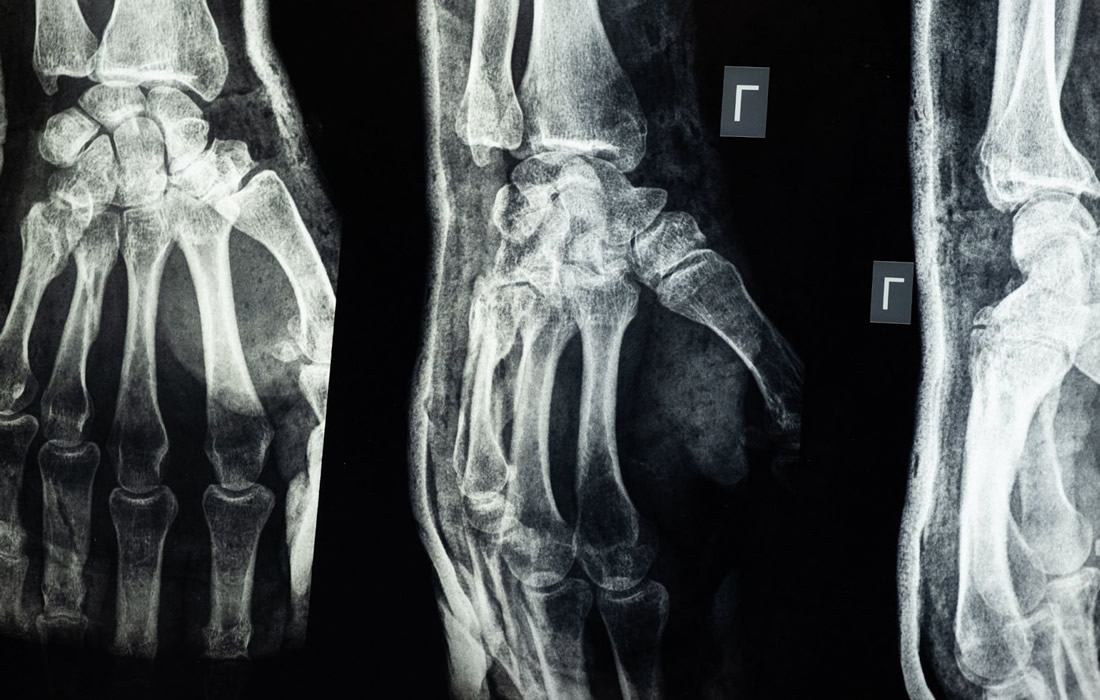Regenerative Medicine News and General Information
Artificial Intelligence Searches for Early Sign of Osteoarthritis
Researchers from the University of Jyväskylä and the Central Finland Health Care District have developed an AI based neural network to detect an early knee osteoarthritis from x-ray images. AI was able to match a doctors’ diagnosis in 87% of cases.
Osteoarthritis is the most common joint-related ailment globally.
The new AI based method was trained to detect a radiological feature predictive of osteoarthritis from x-rays.
The finding is not at the moment included in the diagnostic criteria, but orthopedic specialists consider it as an early sign of osteoarthritis.
It utilizes neural network technologies that are widely used globally.
“The aim of the project was to train the AI to recognise an early feature of osteoarthritis from an x-ray. Something that experienced doctors can visually distinguish from the image, but cannot be done automatically,” explains Anri Patron, the researcher responsible for the development of the method.
In practice, the AI tries to detect whether there is spiking on the tibial tubercles in the knee joint or not.
Tibial spiking can be a sign of osteoarthritis.
“Around 700 x-ray images were used in developing the AI model, after which the model was validated with around 200 x-ray images. The model managed to make an estimate of the spiking that was congruent with a doctors’ estimate in 87% of the cases, which is a promising result,” Patron describes.
Docent Sami Äyrämö, Head of the Digital Health Intelligence Laboratory at the University of Jyväskylä, explains that the development of AI models diagnosing early osteoarthritis is active globally.
The goal is that in the future, an AI would be able to detect early signs of knee osteoarthritis from x-rays, making it possible for the initial diagnosis to be made more often by general practitioners.
“If we can make the diagnosis in the early stages, we can avoid uncertainty and expensive examinations such as MRI scanning. In addition, the patient can be motivated to take the measures to slow down or even stop the progression of the symptomatic osteoarthritis. In the best possible scenario, the patient might even avoid joint replacement surgery,” Paloneva sums up.
Sources:
Anri Patron, Leevi Annala, Olli Lainiala, Juha Paloneva, Sami Äyrämö. An Automatic Method for Assessing Spiking of Tibial Tubercles Associated with Knee Osteoarthritis. Diagnostics, 2022; 12 (11): 2603 DOI: 10.3390/diagnostics12112603
University of Jyväskylä – Jyväskylän yliopisto. “Artificial Intelligence searches an early sign of osteoarthritis from an x-ray image.” ScienceDaily. ScienceDaily, 15 December 2022. <www.sciencedaily.com/releases/2022/12/221215161557.htm>.
Materials provided by University of Jyväskylä – Jyväskylän yliopisto. Note: Content may be edited for style and length.
Images from:
Photo by cottonbro studios
https://www.pexels.com/photo/medical-imaging-of-an-injury-on-the-hand-5723874/

